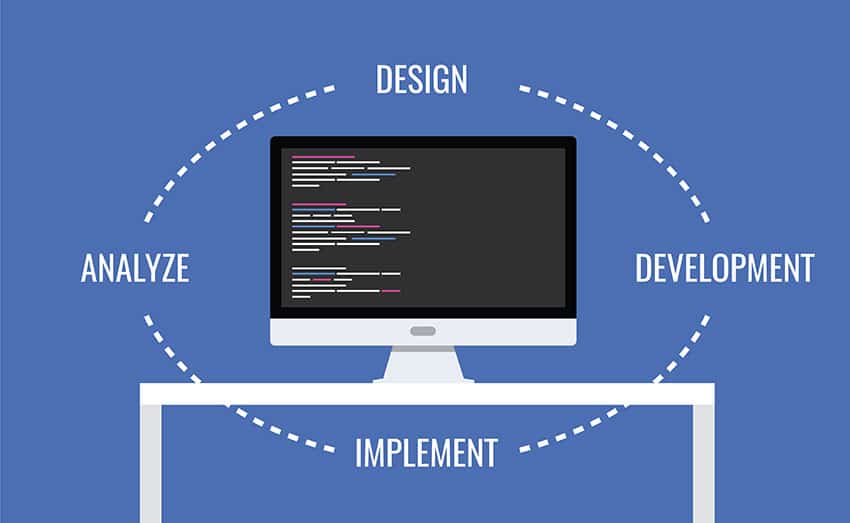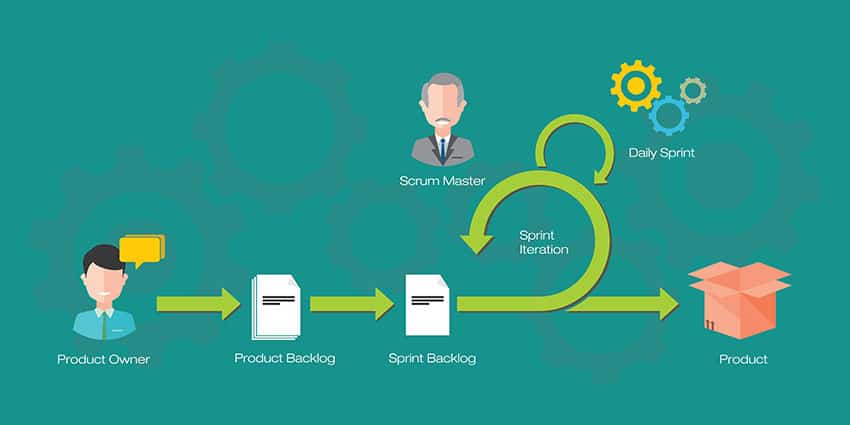As we know, one of the basic principles of lean management is to optimize the production flow from beginning to end.
Essentially, creating a product or initiating a service and delivering it to your customers should take as little time and use as few resources as possible without compromising on quality. This is all done in an effort to eliminate waste from business processes, which has a direct and indelible impact on your company’s bottom line.
This is an ongoing process that takes constant effort to maintain. In the words of the Lean Enterprise Institute: “Continuous flow is the ultimate objective of lean production, and creating continuous flow has been the goal of countless kaizen projects.”
But as workers move through their various tasks, conflicting priorities often arise. Taking the time to weigh which task or project should take priority can eat away as production time and contribute to missed deadlines. However, the lean flow concept exists as a way to prioritize tasks and make these value judgments just a little easier.
Defining Flow
So, what is lean flow exactly? The Lean Enterprise Institute points us to the lean management principle of continuous flow to explain its definition: …”lean thinking changes the focus of management from optimizing separate technologies, assets, and vertical departments to optimizing the flow of products and services through entire value streams that flow horizontally across technologies, assets, and departments to customers.”
Basically, lean flow points to the methods we use to get from the first step of the production cycle to the last. And examining priorities and how workflows are created can help shine a light on conflicts and help curtail waste.
Why Do Conflicts Exist
One of the frustrations many workers face daily is switching from the context of one project to another. They must reorient themselves to the project, their thought process and decision making, and this takes precious time.
Workers only have the capacity to take on so much, and add more priorities on their plates is only going to create even more conflicts (and potentially more waste). But often, a team will be working on Project A, and an “urgent” task arises and they’re pulled off to address that task.
The risk is that team members may not return to their first tasks to complete them (as things do often get lost in the shuffle as teams manage multiple projects), or the constant context switching wastes time and resources.
But these sort of issues can be managed and curbed when they’re visualized.
Visualize Preset Priorities
As the saying goes, if everything is a top priority then nothing is.
One obvious way to combat the problem of conflicting priorities is to address which items take precedence in a team’s agenda on an organizational level. Having a discussion with a team to define and set the priorities — rather that’s establishing a set series of goals or firmly saying Project A tasks should be completed before Project B.
Additionally, if workflows with multiple projects are visualized via tools such as kanban boards, teams and managers alike get a sense of the ongoing tasks. Work can be delegated and collaborated upon more easily, and priorities can be managed all in one place.






